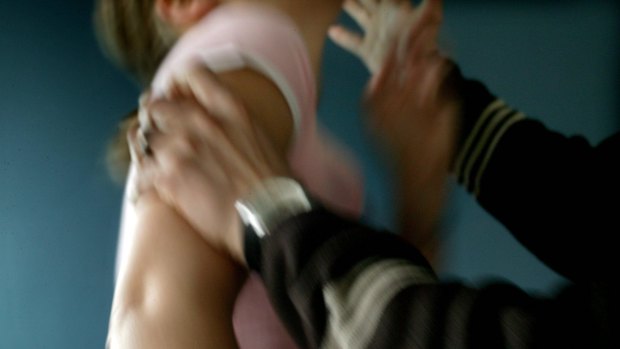By Miki Perkins
After 13 months, hearing from 220 victims and producing a 1900-page report, the Royal Commission into Family Violence has released its recommendations. Here are the main proposals. Premier Daniel Andrews has said he will implement all recommendations.
1. One-stop safety hubs: Victoria needs to establish highly visible "support and safety" hubs throughout the state so that victims can get information and find services in their local area. These would get police referrals, link victims with specialist support, conduct risk assessments and book victims into crisis accommodation.
2. Make new laws: Privacy should not trump victim safety, and laws will be changed to allow information sharing. A centralised service will share information about perpetrators with police, courts, family violence services and the safety hubs. This information would also be available to the state's 24-hour crisis helpline Safe Steps.
3. He should leave: A substantial expansion of the "safe at home" approach, under which women and children remain in the family home while a perpetrator has to leave, where possible. Victims could get rental or mortgage subsidies and electronic personal safety devices, as well as police monitoring.

Men's behaviour change programs have become a popular option for magistrates looking for a penalty for violent men for whom incarceration is not appropriate.
4. A housing "blitz": Women and children who have left their homes and are stuck in crisis or short-term housing should be immediately rehoused with the support of expanded individual funding. There is an urgent need to address the housing response to family violence, the report finds. A housing taskforce should be set up to end blockages in the system and determine the number of social housing units needed for victims who can't get private rental.
5. Focus on abuser: Programs that deal with perpetrators are entirely insufficient, and increased monitoring and insight is needed. A relatively small number of repeat offenders account for a disproportionate amount of family violence. To this end, specialist panels that assess the risk from repeat offenders should be extended across Victoria.
6. Create more family violence courts: An expansion of specialist courts – currently in places like Frankston and Heidelberg – that can deal with the complexities facing victims in the one place, including criminal, family law and civil matters. All family violence matters should be heard in specialist courts within five years.
7. Protect children: Children should have more access to counselling and other support, and be automatically included on intervention orders or have their own order.

.
8. Hospital assistance: Public hospitals should be resourced to have a whole-of-hospital response to family violence. Routine screening for domestic violence at all public antenatal appointments. Victoria should encourage the federal government to consider a Medicare-billed option for family violence counselling.
9. Appoint a watchdog: An independent Family Violence Agency to hold governments to account. To this end the commissioners have also put timeframes on all of their recommendations, some immediate, others longer term.
10. More money (of course): The commission was given a budget of $36 million to run its investigation and has only spent $13.5 million. It recommends that the remaining $22.5 million be used to kick-start the response towards the current crisis and be given to family violence services. But this is only the start. The state government allocated $80.6 million to family violence in 2014-15. But these recommendations will cost far, far more than this amount and will need to take priority in the state and federal budgets, the commission finds. It does not set a dollar figure.
11. Frontline policing: More use of investigative and mobile technology for police, including the trial of body-worn cameras. More training for police to increase their understanding of family violence.
12. Better understanding: Family violence training for all key workers, including those in hospitals and schools, and an expansion of respectful-relationships education in schools. "Failure to give priority to prevention risks condemning future generations to the plight of today's victims of family violence."
13. Aboriginal communities: Family violence rates are higher among Indigenous Australians but women and children face cultural barriers when trying to get support. Victoria must establish a statewide, culturally appropriate response to improve this, focused on the first five years of life.
14. Victims come from all walks of life: Senior, multicultural and disability specialist family violence services to provide training for family violence service providers to advise on their particular needs.
15. Local councils have a job too: Required to report on the measures that they take to reduce family violence and respond to victims.
For help in an emergency call 000.
Safe Steps: 1800 015 188
The Men's Referral Service: 1300 766 491